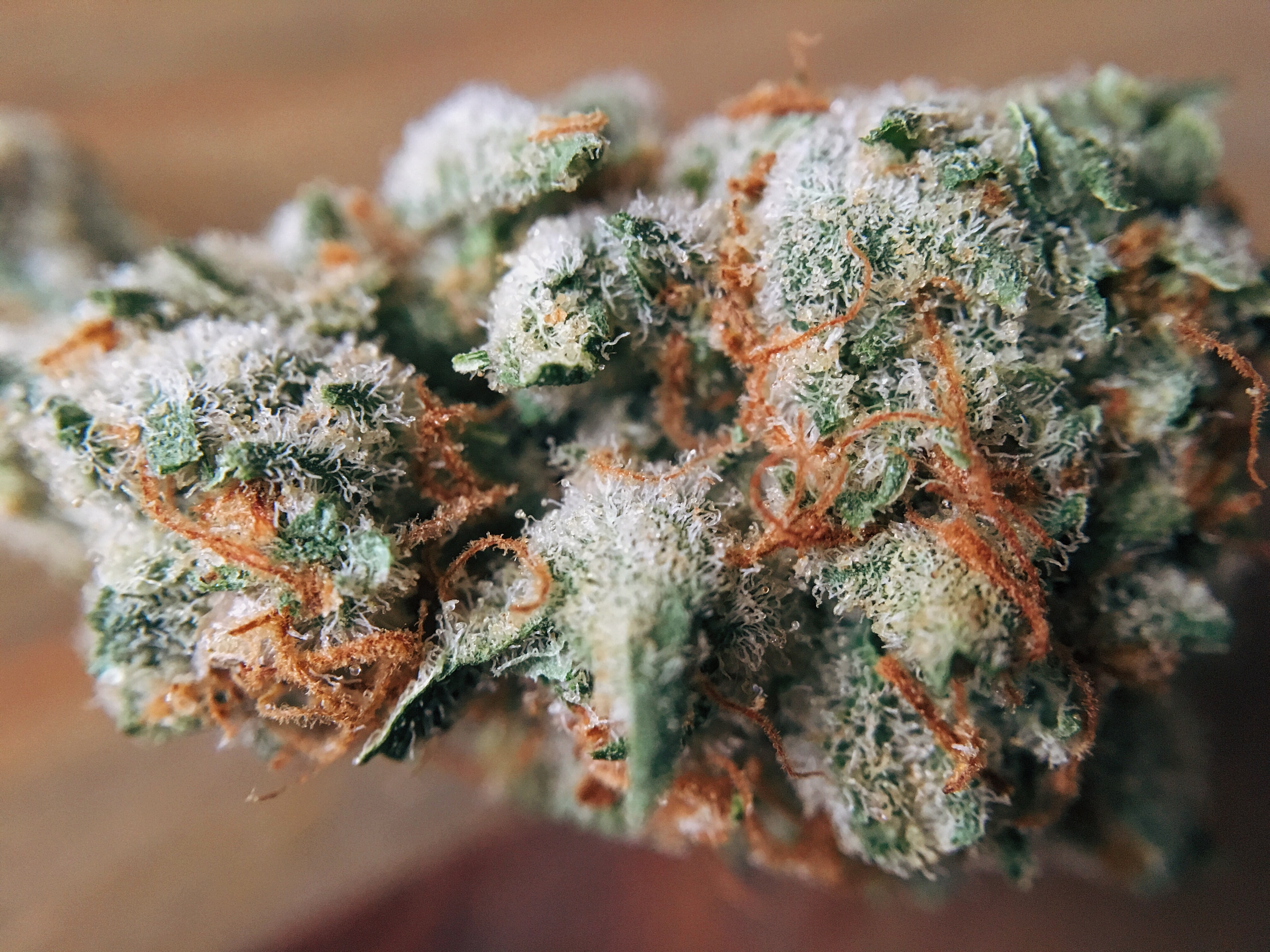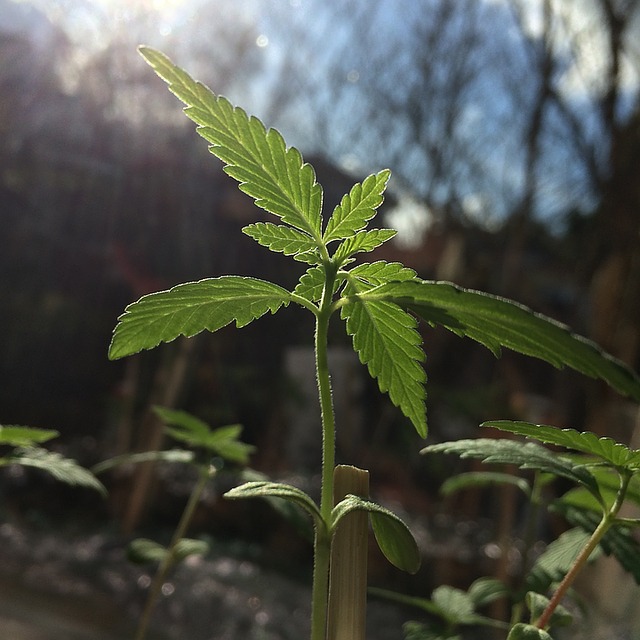
-
Everything you need to know about setting up your first personal cannabis grow indoors.
There are plenty of people who are wondering how to start their first cannabis grow.
The middle-aged mom of teenagers whose state just legalized.
The young first-timer dedicated to personal health and ensuring healthy consumption standards.
The hippie-who-never-grew and wants to change that.
Whoever you are, we want you to be able to easily set up your first cannabis grow.
However, there are many variables to consider for each person, such as their:
- Overall budget
- Space limitations
- Level of paranoia
- Selection of cannabis variety
- Ability to use tools
- And more

As such, we’ll be discussing how to set up an indoor grow that is large enough to grow six cannabis plants without much technical knowledge.
How Much Space Do You Need?
Since we are assuming this is your first attempt at a cannabis grow, we are going to make the set up as easy as possible so that a complete beginner could figure it out.
In that case, we recommend that you grow your cannabis plants in soil.
Why soil?
It’s the easiest medium in which to grow and it’s the most economical way to get started.
Assuming you are growing six cannabis plants, you’ll need enough space to house them through adulthood.
Leaving space between the plants discourages the spread of pests and pathogens and it also leaves you elbow room for daily maintenance.
So how much space do you need?
That depends on the size of your pots, which depends on how large you want your plants to grow.
A common rule of thumb is to have at least two gallons of pot per 12” of plant verticality.

On average, you’d want at least a six-gallon pot for a 36” plant.
Assuming your pots for the flowering stage are roughly 12” in diameter, you could grow in a relatively small space, a 4’ by 4’ space would be sufficient for your needs.
A tiny closet would be perfect for your first grow.
Keep in mind, however, you may also need extra space for equipment that we’ll talk about later on.
Some of them will be optional depending on your needs, preferences, and logistical capabilities.
Review and Tips
- Grow in soil for your first cannabis grow.
- Start with a red solo cup for the seedling, then use at least a five-gallon bucket to grow your first plants. A six-gallon ceramic planter may be ideal.
- Provide at least 18 square inches of space for each bucket.
- A 4’x4’ grow should handle no more than six cannabis plants.
- Dark pots collect heat from lights, use ceramic or light-colored pots.
Setting Up Lights in Your First Cannabis Grow
In 2019, a study in Frontiers in Plant Science showed us the hidden possibilities of growing cannabis indoors.
For example, they demonstrated that while many plants have a light saturation point, cannabis seems to increase its photosynthetic rate to the extremes of the lights they tested.
They even offered unique insight and showed that “supplementing with UV-B radiation for 3 h daily increased THC concentrations.”
When choosing your lights, the authors noted that small operations will benefit from LEDs because they “can be optimized to specific production conditions by controlling periodicity, quantity, and spectrum of the light provided.”

Likewise, their “low heat emission allows them to be placed in the plant canopy for maximum cannabinoid yields.”
Review and Tips
- If you can afford them, invest in LED lights for more control and less heat in your grow.
- Cannabis responds well to higher availability of light, only raised temperatures seem to reduce its light saturation point.
- Consider supplementing with UV-B radiation for a few hours each day for optimized cannabinoid production.
Controlling the Climate of Your Cannabis Grow
Climate change is especially scary when it happens inside your cannabis grow.
That’s because plants are wildly sensitive to their surroundings and their pests and pathogens do better in sub-optimal climates for cannabis cultivation.
For example, the first aspect of climate to consider is temperature.
Many insects and bacteria that cause harm to cannabis plants thrive in hot environments.
According to a report from 2011 which was published in Physiology and Molecular Biology of Plants, cannabis doesn’t seem to suffer from heat until it’s kept in temperatures at 30 degrees Celsius (86 degrees Fahrenheit) or above.
However, cannabis produces well in temperatures that hover around 71 degrees Fahrenheit for the duration of the plant’s life. Meanwhile, certain insects and molds don’t survive well in these temperatures.
In fact, you can impose your own version of IPM simply by dropping the temperature by five degrees should you encounter pests.
After the temperature is controlled for in your first cannabis grow, it’s time to focus on maintaining the humidity.
There are two devices that will help you control the levels of moisture in the air: humidifiers and dehumidifiers.
Thankfully, if you invest in a good air conditioning unit, they usually handle the job of dehumidifiers, as well.
Moderating the humidity plays two important roles.
The first is that, again, pests and pathogens prefer humid environments.

In fact, in 2018, researchers looked at how a species of spider mites responds to alterations in temperature.
Their study, which was published in Experimental and Applied Acarology, showed that spider mites seem to lay eggs most effectively when the temperature is above 28 degrees Celsius.
When above 32 degrees Celsius, they showed their greatest ability to reproduce.
Investing in a dependable air conditioning unit is key to setting up your first cannabis grow.
Ideally, you’ll get a unit that produces more BTUs than what is necessary to cool your grow room.
If you do, you can operate the unit at less than full power which is easier on the motor (and your electric bill).
Next, cannabis seems to prefer temperate environments.
Keeping the humidity between 30%-60% throughout the entire life cycle provides an optimal environment from seed to harvest.
Likewise, a 2008 study showed that powdery mildew, a problem for many cannabis growers, can’t thrive well in low humidity environments.
Furthermore, plants respire.
Or, transpire, to be precise.
They take in CO2 and release O2 into the atmosphere.
They are breathing, and they need a constant supply of fresh air.
Many air conditioners will draw in the fresh air you need from the outside.
However, a study from 2011 showed that altering the atmospheric conditions may pose potential benefits.
Their data showed that an increase of CO2 in cannabis grows helps with water use efficiency in cannabis plants as well as their net photosynthesis markers.
If you chose to have more control over the environment of your first cannabis grow, consider installing a CO2 tank with a regulator and monitor.
Remember that any additional equipment will add to the amount of space you’ll need for your grow.
Plan accordingly.
Lastly, stagnant air is the final condition that pathogens and pests love.
Not only can you feed your cannabis fresh air with fans and a ventilation system, but you can also simultaneously discourage invasion of your plants.
Review and Tips
- Cannabis plants prefer mild temperatures. They can survive down to 65 degrees Fahrenheit during the flowering stage, which discourages many insects and pathogens from taking hold. Install an air conditioner, if necessary.
- Pests and pathogens of cannabis prefer warm, humid, stagnant environments. Keep them at bay with effective climate control procedures including humidity. Purchase humidifiers and dehumidifiers to maintain humidity levels between 30%-60% depending on the stage of growth.
- Fans and ventilation are key to supplying fresh air and preventing the stagnation of the climate.
Put this knowledge together with the products recommended and the grow space in your home and you’ll be on your way to your first harvest.
Did this article help you better understand how to set up your first cannabis grow operation indoors? If it has, please share it with your friends so they can start growing, as well!